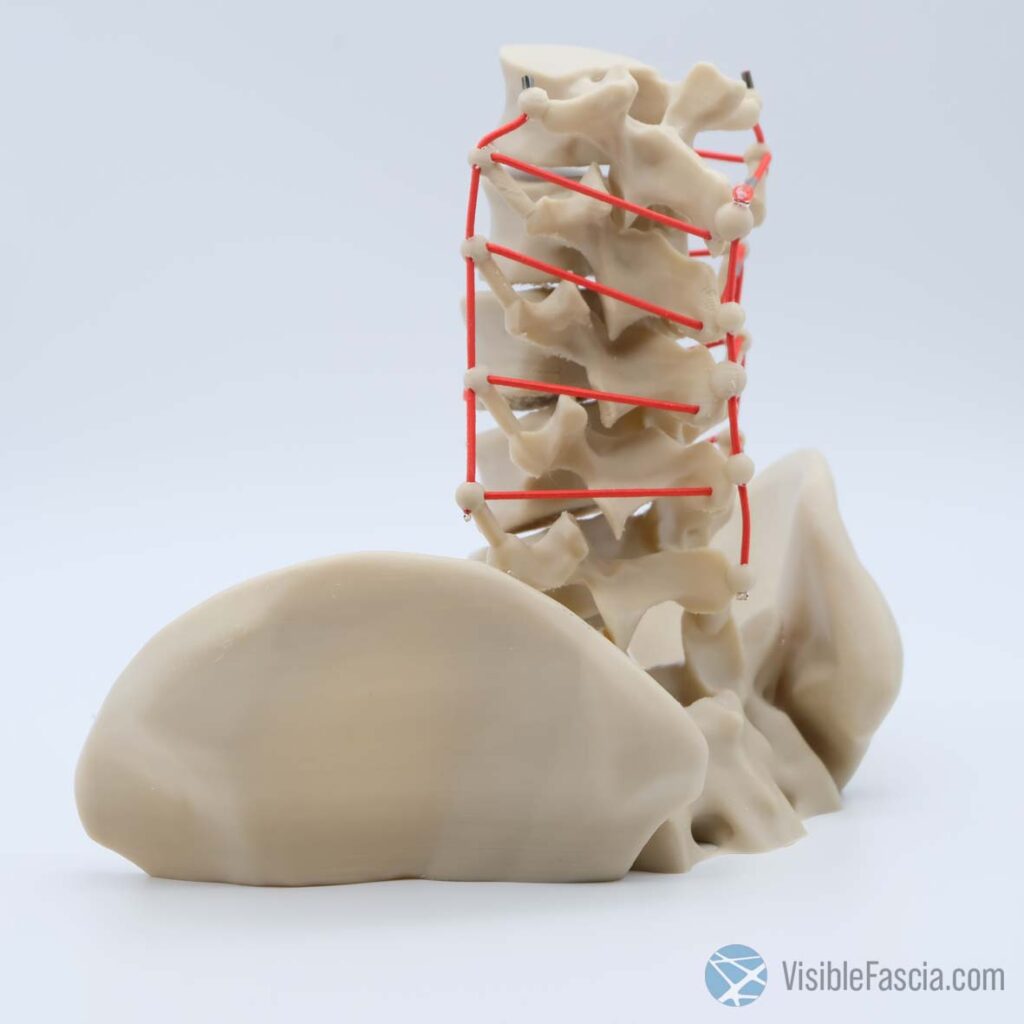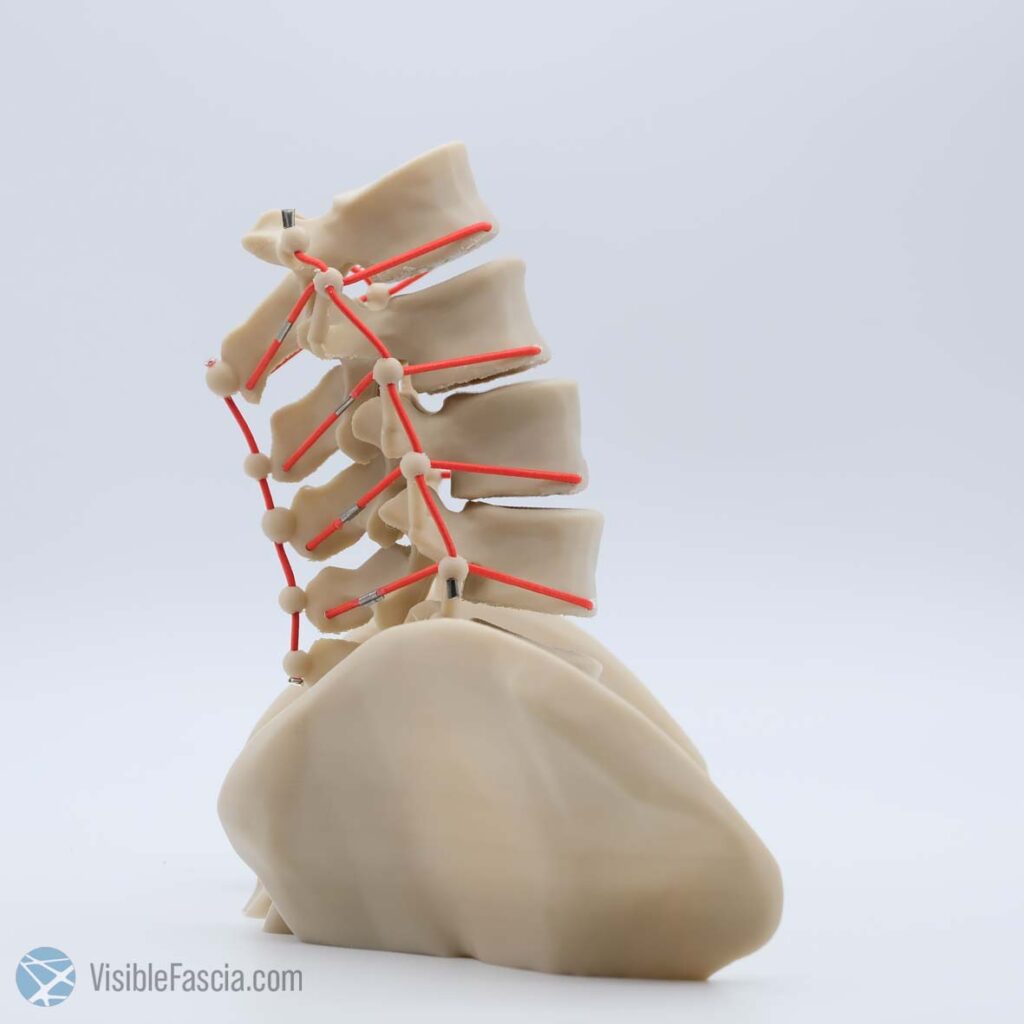Tensegrity in our body explained
Our homes and other man-made structures are compression integrities, meaning that their integrity depends on the continuity of compression from the highest point to the lowest point. Many people think the same way about our skeleton, but its not a stock of bones and would disintegrate without the tensional support of the myofascial elements. <br />In contrast, our bodies operate as tensegrities, where the myofascia acts as a tensional network around the skeleton, and the bones act as struts pushing out against the restricting ‘rubber bands.’ This inward pulling tensional network allows for a continuous distribution of strain throughout the structure, unlike buildings which show localized deformation under strain.
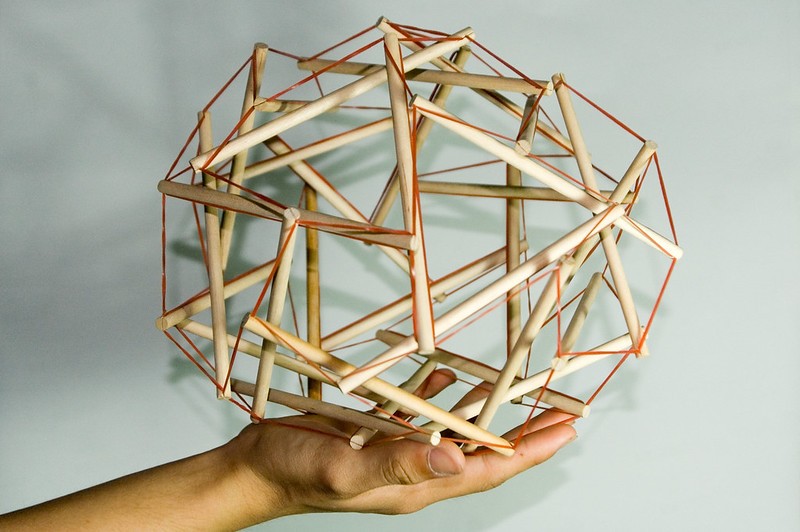
Tensegrity structures have several unique features. Strain in a tensegrity structure gets distributed all over the structure, whereas in continuous compression structures, strain is greatest where it will break. Therefore, in our tensegrity bodies, pain or strain in one area may be sourced from another area, and understanding the pattern is essential for proper intervention.
Additionally, tensegrities expand in all dimensions simultaneously, allowing for efficient use of materials and maximum performance. Research into fascia has shown that it operates as a distributive network, further supporting the idea that the body operates as a tensegrity structure. By understanding and working with the tensional network of the body, we can create an opening and expansion that allows for full expression and movement.
Tensegrity and trauma
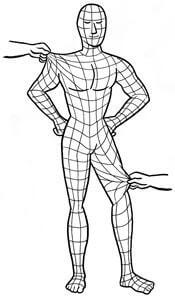
The effects of trauma can ripple through your body, affecting various areas and causing pain or restrictions in seemingly unrelated places. Using the image of a spider’s web can help visualize how the fascia transmits these effects. When one side of a spider’s web is pulled, it distorts the shape of the other side along the lines of tension created by the pull. Similarly, when an injury or restriction occurs in one area of the fascia, it can cause a ripple effect along lines of tension to other body parts.
For instance, a hard fall onto your pelvis may initially cause lower back pain, but it can later lead to upper back or neck problems. This is important to explain to patients and clients.
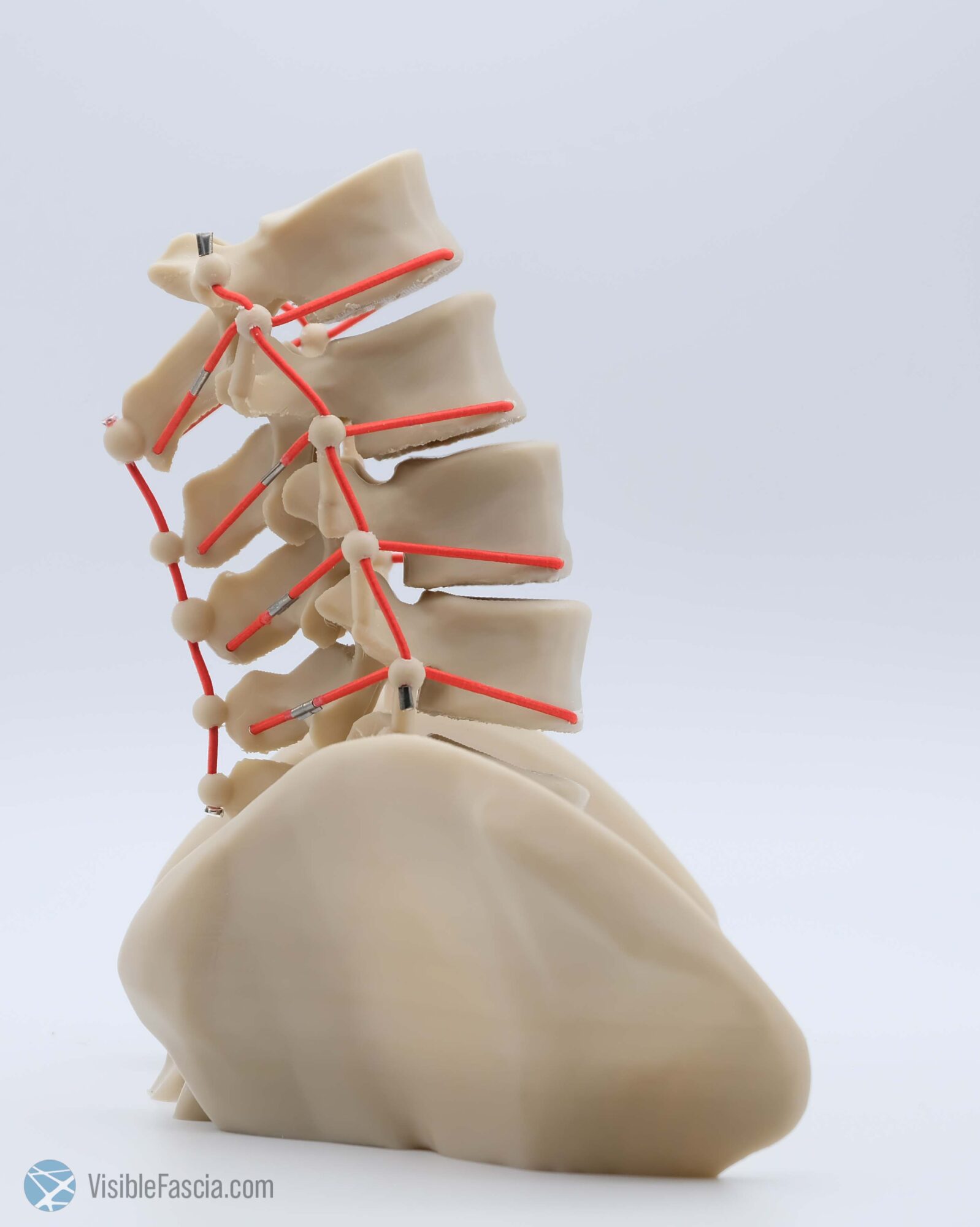
This is an anatomically correct tensegrity model of the lower spine. Notice how the individual vertebrae are suspended above each other without touching. The only modifications are the support structures for the rubber band on the processes spinosus and transversus. I developed this model to enhance patient understanding and allow therapists to demonstrate various dysfunctions and mechanics. IF there is the interest this model is up for sale in the future.
